
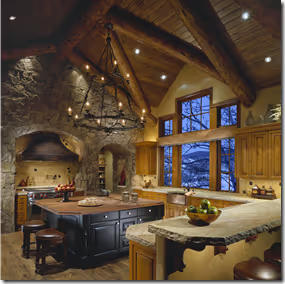
In addition to selecting the appropriate fixture, it is very important when designing the interior lighting in your home to consider the type of bulb which each fixture uses. The performance of any fixture depends greatly on the light source (bulb) used. Light sources vary in their efficiency, lighting effects, and performance.
Some basic terminology for lighting measurement should be understood. Although you are likely familiar with these terms, many people do not correctly understand what they mean in relation to choosing a bulb for interior lighting.
Today there are high-efficiency light bulbs available, such as compact fluorescent and LED, which produce significantly more light for every watt of energy used. This is a common misunderstanding – wattage does not measure output of light, but rather electrical consumption of the bulb. For example, a typical CFL (compact fluorescent) bulb produces four times as much light for every watt as a standard incandescent bulb. New on the market are LED bulbs which deliver the same illumination as a 60 watt white light incandescent at a mere 12 watts, or about five times more efficiency.
There are four basic types of bulbs that are commonly used in residential interior lighting design:
Each of these have specific characteristics with varying degrees of efficiency and cost, making them more or less suitable for various interior lighting applications.
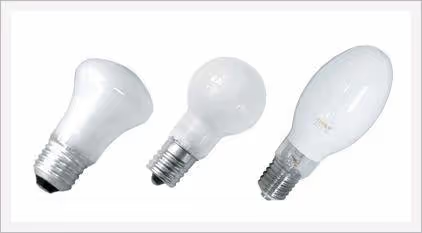
Incandescent bulbs have been around since Edison invented them, and are what we most commonly see in household use. However, they are highly inefficient, and are being phased out of production. They are used in almost all types of fixtures from chandeliers to table lamps, ceiling fixtures and wall fixtures. They produce a warm yellow-white light, are inexpensive and readily available in a wide variety of wattages, sizes and shapes. They come in three basic types – general, globe and decorative (candle, flame, teardrop and other shapes).
Incandescent bulbs also are available with a reflectorized coating that directs the light in one direction, providing better beam control than typical general service type bulbs. These are available in a variety of beam shapes such as flood, narrow flood, spot and narrow spot. They are very common for recessed and track lighting.
Tungsten-Halogen sources are whiter and brighter than standard incandescent bulbs. They also have a longer life and provide more light per watt than incandescent sources, and are therefore a more energy efficient choice with a lower lifetime cost. Tungsten-Halogen bulbs are available in both standard voltage (120 colts) and low voltage (12 and 24 volts). Low-voltage bulbs require a transformer to operate correctly and safely.
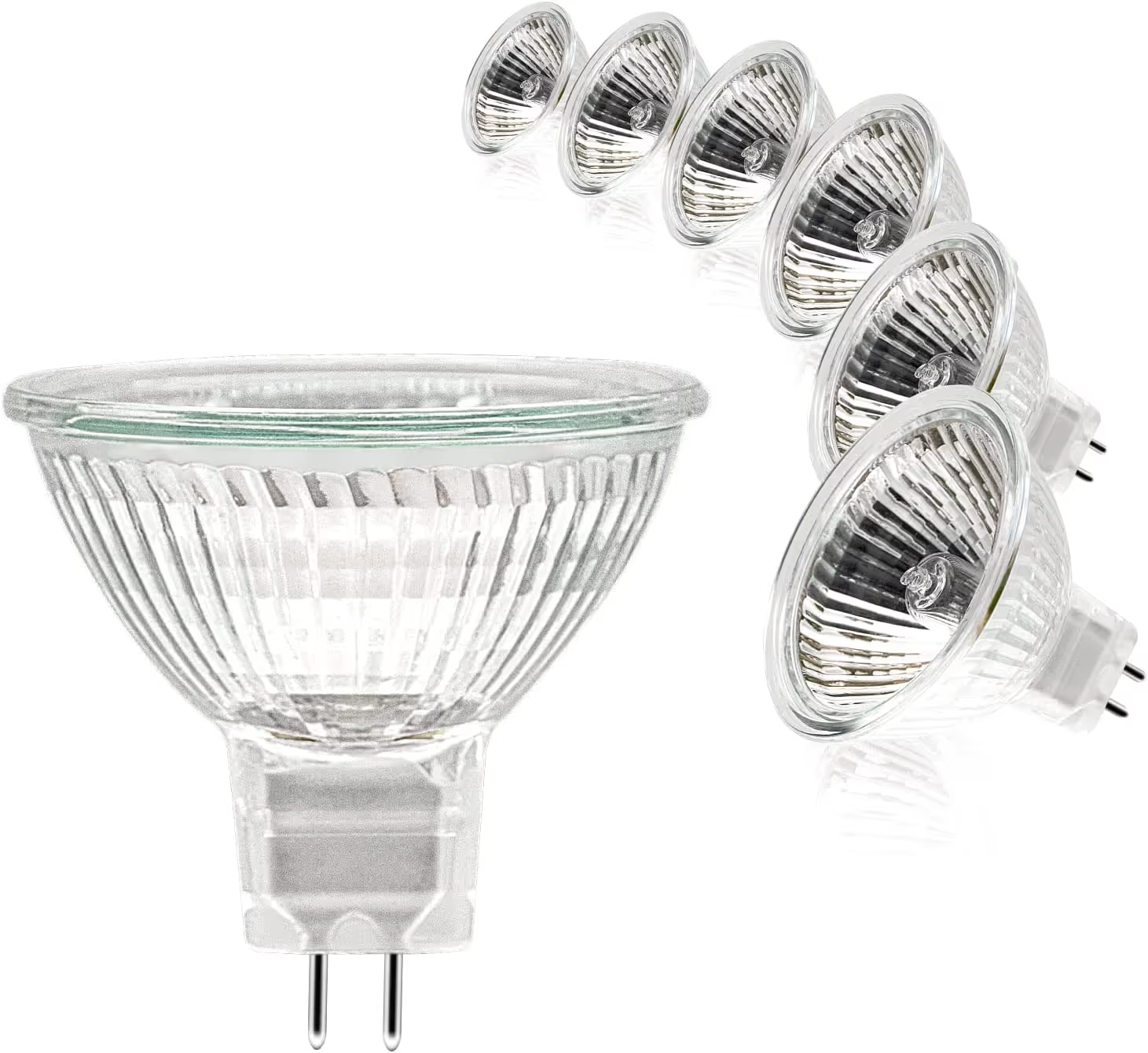
Standard voltage halogen bulbs (also called line voltage) commonly used are PAR-16, PAR-20, PAR-30, PAR-38, T-3(single-ended halogen), and T-4 (double ended halogen). They all provide a brighter and a whiter quality of light than standard incandescent bulbs. PAR type bulbs come in flood, spot, and narrow beam shapes which work well in track, recessed and outdoor flood lights. T-3 and T-4 bulbs are long and narrow, and are often used in wall sconces, torchieres, and pendant fixtures.
Low voltage halogen bulbs include MR-8, MR-11, and MR-16 mini reflectors which provide excellent beam control and are often used in smaller track and recessed fixtures. In recent decades, they have been the gold standard in many interior lighting design applications.
Xenon bulbs are available in rigid-loop, festoon, and wedge base types of miniature bulbs that are popular for strip lighting, under-cabinet and cove-lighting. They have a similar light to halogen, but longer life (up to 20,000 hours similar to fluorescent) and operate at a much lower temperature.
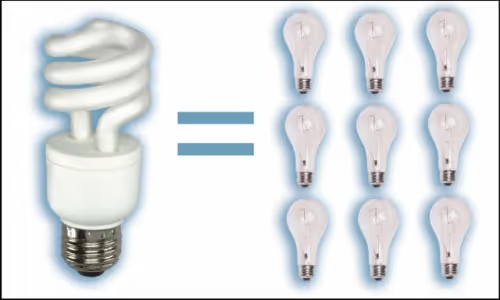
Fluorescent bulbs are approximately four to five times as efficient as incandescent or halogen light sources, producing as much as five times the amount of light per watt. They also have a rated life that is 10 to 20 times longer than incandescent bulbs. One concern among environmentalists is that they contain mercury, which makes disposal a bit more complicated. If you use fluorescent bulbs, whether CFL’s or standard tube, they should be taken to an appropriate recycling or disposal center – not just thrown in the trash.
CFL’s are now available in a wide variety of sizes, shapes and are used increasingly in all types of fixtures. They have a warm white tone that closely resembles incandescent sources. CFL’s with a screw-in type of base can be used to replace incandescent bulbs in standard lamp sockets. This is where understanding wattage versus light output (lumens) comes into play. Your lamp typically states that bulbs should not exceed 60 or 75 watts, but with the lower wattage of CFL type bulbs you may be able to get the equivalent lumens as using a 100 watt standard bulb, thus having more light safely and efficiently.
T8 bulbs are the tubes typically used in larger ceiling fixtures. Because they have electronic ballasts, these bulbs are extremely efficient, turn on instantly and do not hum. They are available in a wide range of color tones from warm to neutral to cool.
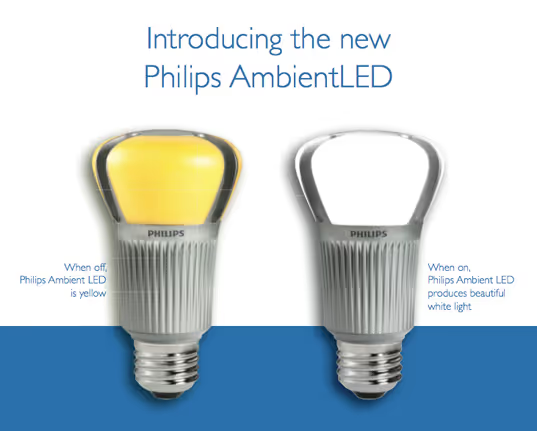
LED bulbs are the newest type of light source to enter the marketplace in recent years and are creating a huge green design buzz. Now available as a replacement for standard incandescent type bulbs in interior lighting design, they contain no mercury or lead and won’t fade colors because they produce no UV light. They are typically a very bright, white light and operate at a very low temperature. The latest developments have produced bulbs which more closely resemble the warm white light we are used to and can be dimmed to personal tastes.
The biggest benefit to LED bulbs is their extreme efficiency – typically using just 20% of the energy consumed by a standard bulb - and their very long life. They are quite expensive right now, but when you consider that they boast a useful life of 15-20 years in addition to lower energy bills, they are a smart investment.
LED bulbs have been used in holiday lights for several years and are available in a wide variety of colors and styles. Philips has just introduced a bulb which replaces the standard 60 watt incandescent bulb, and is suitable for all standard light fixtures. This is likely to be the biggest change in interior lighting design of the last 100 years.
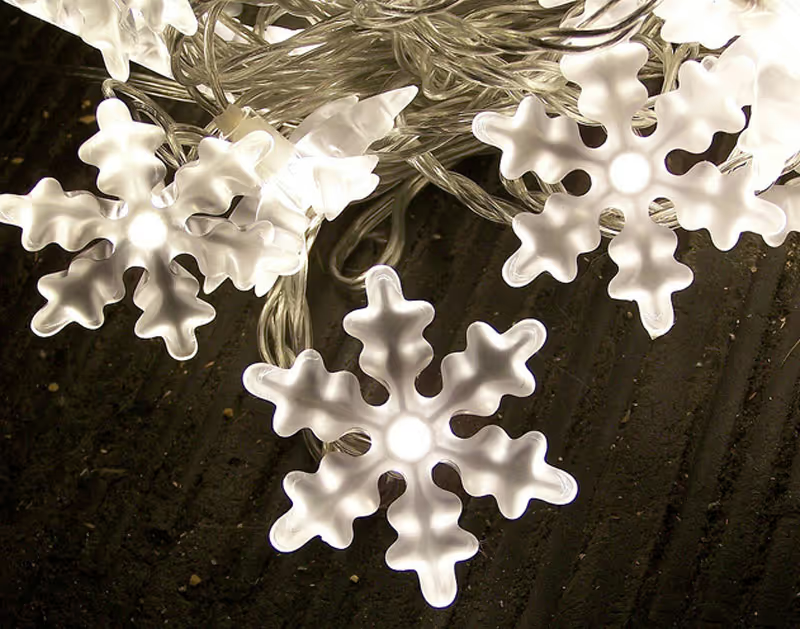
Lighting uses 7% to 10% of the total energy consumed in your home. There are a number of ways you can reduce your electrical energy consumption from lighting. Careful and thoughtful planning of your interior lighting design should be a priority.
Turn off lights when you don’t need them. Use occupancy or motion sensors. Timers and photoelectric sensors work well to turn outdoor lighting on and off automatically.
Use dimmers or other lighting control systems. A bulb that is dimmed to 75% or maximum output emits enough light that the difference is indiscernible to the human eye, yet uses 25% less energy and will last 25% longer.
Look for products that carry the Energy-Star symbol.
Use more efficient PAR bulbs or energy saving fluorescents where possible. They are ideal for laundry rooms, storage rooms and garages. CFLs with excellent color qualities can also be used in kitchens and baths, or in decorative wall sconces and ceiling fixtures.
Use highly efficient LEDs, especially for fixtures that are used often, task and accent lighting. The very long life of LEDs makes them perfect for hard to access fixtures such a recessed cans in vaulted ceilings. By switching out your incandescents for energy-efficient LEDs you will be playing your part in reducing the environmental impact that lighting plays in our world. If every home in the US were to switch, we would save enough energy to power 17 million homes.
Schedule your Design Discovery Conversation today!